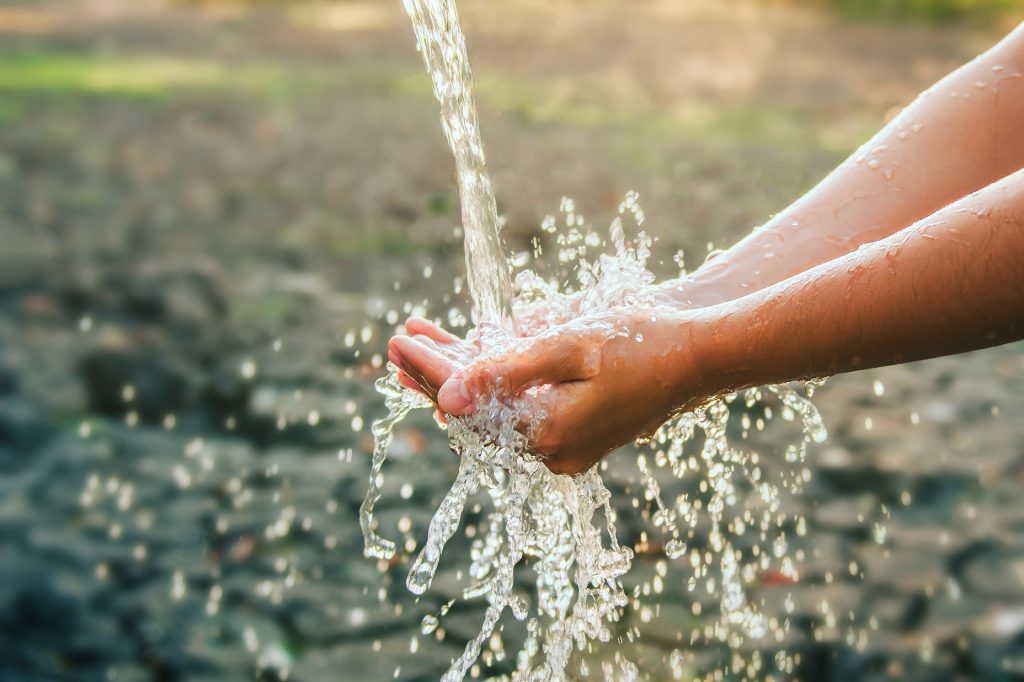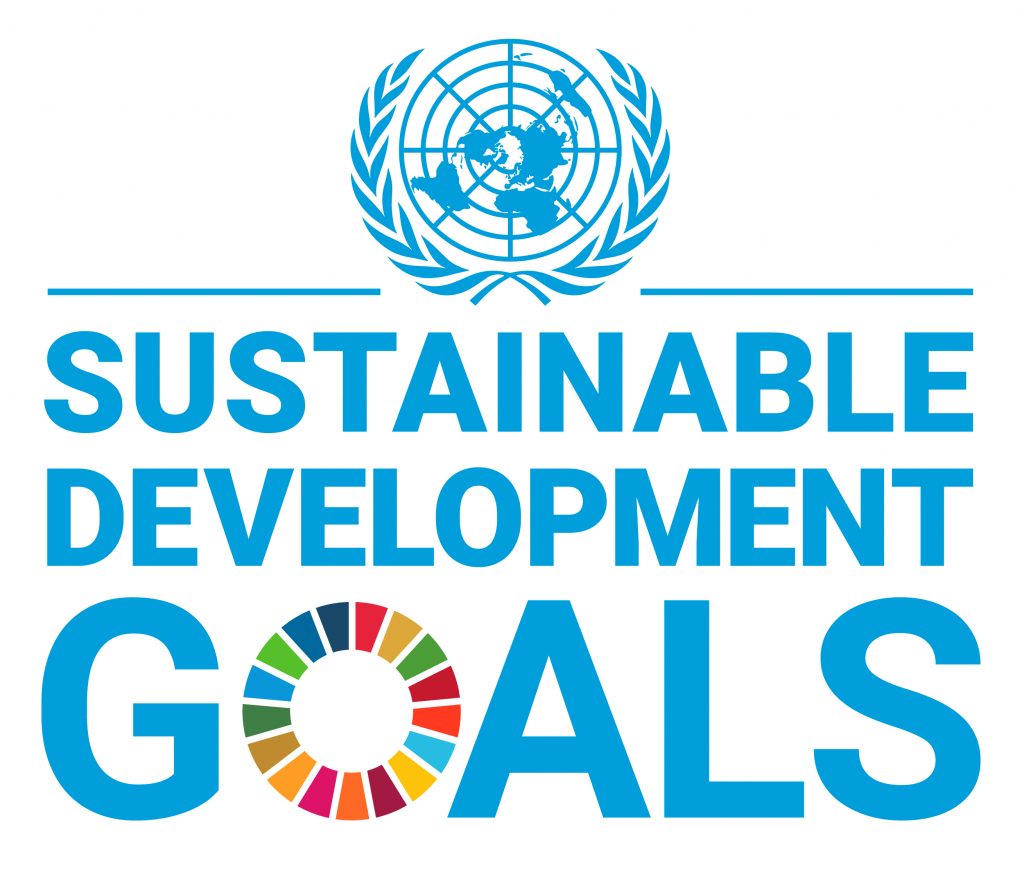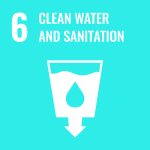
Taiwan receives an average annual rainfall of 2,500 mm, three times the global average. However, despite this abundance, Taiwan remains one of the top 20 most water-scarce countries worldwide. This paradox is mainly due to Taiwan’s unique geography and climate. Rainfall is concentrated in certain seasons, and the island’s steep terrain causes rainwater to quickly flow into the ocean. Additionally, sediment accumulation in reservoirs reduces water storage capacity each year, and old water pipelines contribute to significant water loss, worsening the water scarcity issue.
In light of this, efficient use of water resources becomes crucial. Here are some simple and practical water-saving tips to help reduce water waste:
1. Water-Saving Tips for Personal Hygiene
Start by adjusting daily hygiene habits. Limit shower time to 5 to 8 minutes, and turn off the shower while applying soap or shampoo to significantly reduce water usage. Installing a water-saving showerhead can reduce water consumption by about 40%. Additionally, using a cup to rinse your mouth or face instead of leaving the tap running is an easy and effective water-saving method.
2. Water-Saving Tips for Laundry
When doing laundry, pay attention to your washing machine’s load. Filling it to about 80% capacity is ideal. For small or delicate items, it’s best to wash them by hand. Adjust the wash time based on the fabric type and how soiled the clothes are—not only will this help your clothes last longer, but it will also save on water and electricity. Soaking clothes for 10 to 15 minutes before washing effectively loosens dirt, further conserving water and energy. Choosing a washing machine with a water-saving label can also help reduce water consumption.
3. Water-Saving Solutions for the Kitchen
The kitchen is a major area where water waste occurs. When washing fruits and vegetables, rinse them in a sink with a moderate amount of water instead of under a running tap. When washing dishes, scrape off food scraps first and then rinse them together; for greasy dishes, wipe away excess grease with a paper towel before washing. To defrost food, use the refrigerator or a microwave instead of running water.
4. Home Water Leak Inspection
Regularly check for leaks at home. After turning off all water sources, check if the water meter is still running; if it is, there may be a leak. If there are leaky taps or toilets, repair them promptly to avoid unnecessary water waste.
5. Rainwater Collection and Reuse
Install a simple rainwater collection system, for instance, by using pipes, plastic bottles and buckets to gather water dripping from the eaves. This collected water can then be used for watering plants, cleaning the balcony or mopping floors. Additionally, household wastewater such as laundry water, bathwater and dishwashing water can be gathered and reused for watering plants, car washing or floor cleaning. This practice maximizes the recycling of water resources and reduces waste.
6. Build Water-Saving Habits
By tracking monthly water usage, people can monitor their monthly water use. If they notice a sudden increase in their water usage, it might mean there is a leak somewhere in their house. Regularly checking monthly water usage can help reduce the amount of water wasted and the amount of people’s water bills, thus saving money and helping others. Water scarcity is a significant global issue, and in Taiwan, it’s particularly urgent. By adopting these water-saving methods, people can all contribute to the sustainable use of water resources. Saving water not only reduces water bills but also helps protect the environment. By cultivating water-saving habits, people can play their part in preserving Taiwan’s water resources.
About SDGs


SDG 6 Clean Water and Sanitation
Ensure availability and sustainable management of water and sanitation for all.

